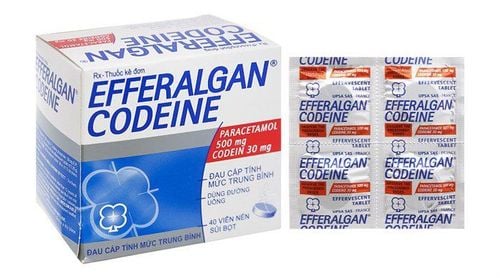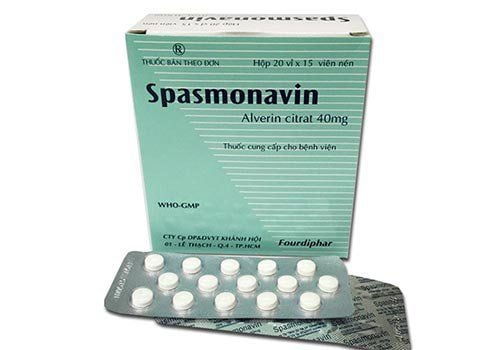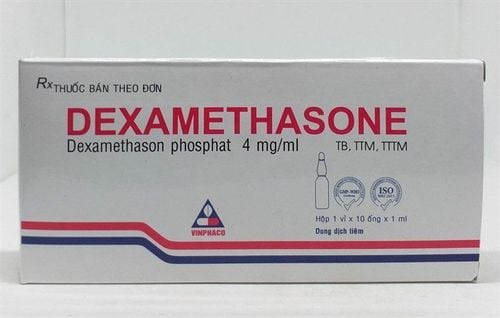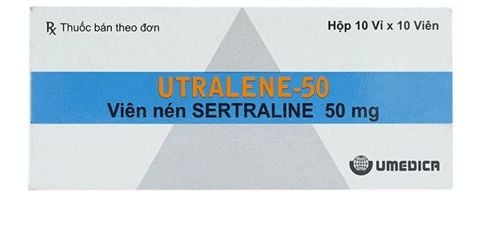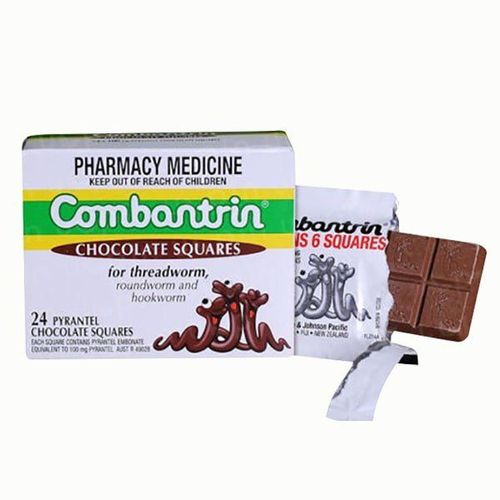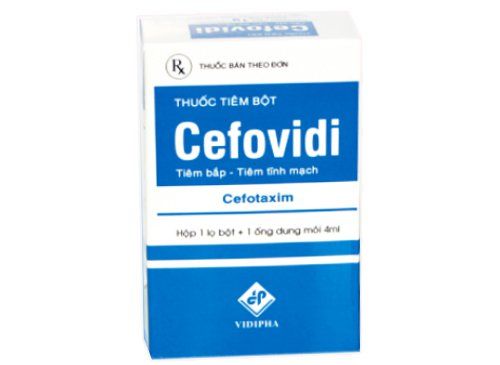This is an automatically translated article.
Hatalbena belongs to the group of anti-parasitic, anti-infective, anti-viral, anti-fungal drugs, a broad-spectrum anthelmintic drug in both adults and children. Below is detailed information about what drug Hatalbena is and what precautions should be taken when using it.1. What is Hatalbena?
Hatalbena is made in the form of tablets, with the main ingredient being Albendazole 200mg. Albendazole is a derivative of benzimidazol carbamate, the major metabolite being albendazole sulfoxide, which has broad activity against many intestinal worms such as roundworms, whipworms, hookworms, beakworms, pinworms, strongyloides, roundworms and roundworms. larval bodies in muscle and skin, and tapeworms and larval tissues in tissues. Albendazole works to kill eggs, larvae and adult stages of intestinal worms by inhibiting their glucose absorption, from which the worms do not have enough energy to live, die and the worm carcass will have intestinal peristalsis. push out. The drug is absorbed orally, bioavailability is low 20%, fat increases drug absorption and is eliminated mainly in the feces (90-95%), only a small amount is excreted in the urine.
2. Uses of the drug Hatalbena
Hatalbena medicine is used in the following cases:
Infection with roundworms, hookworms, whipworms, pinworms. Tapeworm and strongyloidiasis infection. Do not use Hatalbena in the following cases:
People with a history of hypersensitivity to Albendazole or other benzimidazole active ingredients. The patient has a history of bone marrow toxicity. Pregnant women. Children < 2 years old.
3. Dosage and how to use Hatalbena
Dosage depends on each case of infection with different types of worms:
Infections of roundworms, whipworms, hookworms: Adults and children > 2 years old: 400mg single dose. Pinworm infections: Adults and children > 2 years: 400 mg/day orally, repeat a second dose 7 days later. Tapeworm and strongyloidiasis: Adults and children > 2 years: 400mg/day for 3 consecutive days. How to take the drug:
Can be chewed, taken with a glass of water or crushed, mixed with food. There is no need to fast or vomit when taking the medicine.
4. Side effects of the drug Hatalbena
When using the drug Hatalbena rarely occur gastrointestinal symptoms such as epigastric pain, nausea, vomiting, hair loss (with prolonged use), headache, dizziness and allergic reactions (itching). , rash, urticaria, ...).
When using Hatalbena, if the patient experiences any serious side effects, stop taking the drug, immediately contact the treating doctor or go to a medical facility for timely treatment.
5. Interactions with drugs Hatalbena
When used in combination with Hatalbena may interact with some of the following drugs:
Co-administration of Hatalbena with Praziquantel may increase plasma concentrations of the active metabolite albendazole. Dexamethasone may increase plasma concentrations of the active substance albendazole sulfoxide by more than approximately 50% when used in combination.
6. Notes and cautions when using the drug Hatalbena
When using Hatalbena, caution should be exercised in the following cases:
Albendazole is extensively metabolized by the liver, so when cirrhosis occurs, it will reduce drug clearance, increase drug accumulation and increase unwanted effects of the drug. medicine. Therefore, caution should be exercised when albendazole is administered to patients with impaired liver function. Because animal studies have shown albendazole to be teratogenic, it is not recommended for use in pregnant women. It is necessary to apply the necessary contraceptive measures during treatment and for at least 1 month after stopping the drug. Caution should be exercised when albendazole is administered to a nursing woman. In addition to the above information, if you have any questions about the drug Hatalbena, you can contact your doctor for advice and answers.




